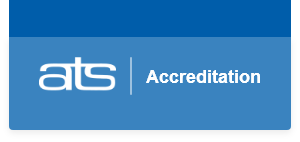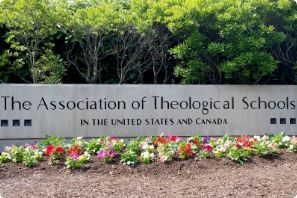Substantive Changes: Petitions and Notifications 
Quick Explanation
-
This refers to a major change in a
school’s mission, programs, or operations that requires prior Board approval.
Detailed Definition
Substantive changes, explicated in Commission Policies and Board Procedures section IV, occur
“whenever a member school introduces a change that represents a significant departure from what is currently approved.” Substantive changes require prior Board approval
before the change is made. Failure to obtain prior approval could jeopardize a school’s accreditation status and/or their access to federal monies (per USDE code).
Petition forms for various substantive changes are available on the ATS website. Substantive changes include change in primary mission, change in
control or legal status, changes in degree programs (including in a new degree category, new field, new CBTE delivery method), change in locations (main campus or additional locations; some
of which involve teach-outs, see next month’s Colloquy and Policies and Procedures III.L), change related to distance education, change related to educational
experiments/innovation, and changes related to clock/credit hours or quarter to semester conversions (see further explanation in Policies and Procedures IV.B-IV.H). Note that
individual exceptions are not considered substantive changes (IV.I).
Substantive changes are just that – substantive and require a Petition in advance of the change followed by Board action, as opposed to more minor changes called Notifications which are
generally handled by Commission staff. Petitions are received by the Board four times each year and thus have deadlines, while Notifications may be submitted throughout the year. See the
ATS website.
Chief academic and accreditation liaison officers should familiarize themselves with section IV and the various Petitions and Notifications that accompany that section of the
Policies. If you have any questions, please contact your Commission liaison.




